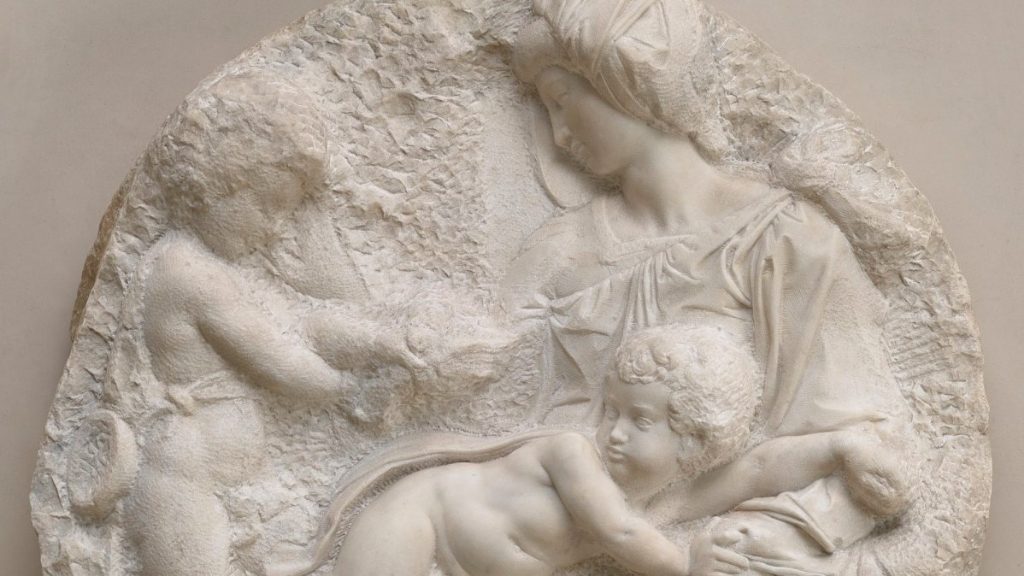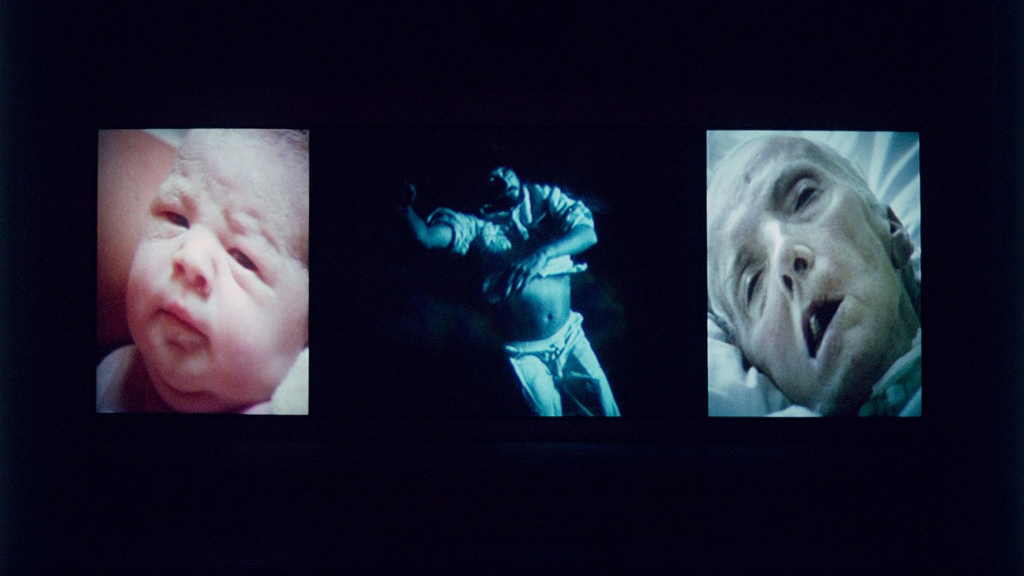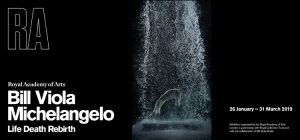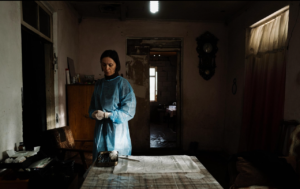Bill Viola/Michelangelo: Life Death Rebirth at the Royal Academy of Arts

Bill Viola, one of the most accomplished video artists working today, is best known for his searing spiritual art, with its passion of religion and the soul. Viola asks some big questions, and his work undoubtedly follows in the footsteps of many of his art-historical forebears. And yet, it takes some nerve to show a contemporary artist alongside Michelangelo.
The Royal Academy claims that the exhibition “proposes a dialogue between the two artists, considering Viola as an heir to a long tradition of spiritual and affective art, which makes use of emotion as a means of connecting viewers with its subject matter. It also aims to recapture the spiritual and emotional core of Michelangelo, beyond the awesome grandeur of his works.”
This is all very well, and they are right to present Viola as “an heir” rather than “the heir”. However, this “dialogue” is pretty one-way; as much as Viola might want to express a commonality, Michelangelo did it first. Moreover, who thinks that the “spiritual and emotional core of Michelangelo” needs “recapturing”? The Sistine Chapel ceiling might be awe-inspiring and grand, but it is also deeply human, and anyone who missed Michelangelo’s emotion should take another look at his Pietà in Rome, or his unfinished Deposition in Florence, where he carved his own features onto the face of the old man lifting Christ’s limp body from the cross. We don’t need Bill Viola or a few works on paper to tell us.

Bill Viola, Nantes Triptych, 1992. Courtesy of Bill Viola Studio
There is a tension at work at the heart of this exhibition, and it is never quite resolved. On the one hand, Viola’s immersive installations explore the nature of being human – long clips of a woman in labour combined with shots of Viola’s mother on her deathbed are deeply moving. On the other hand, many of the installations seem to be trying to capture the “awesome grandeur” that we are told to look beyond in Michelangelo’s work. Part of this is due to the scale of the Royal Academy’s rooms: from the round, high-ceilinged rotunda (featuring a larger-than-life naked man who emerges from water as if from baptism) to the church-like central hall. It is also due to the epic, cinematic quality of Viola’s films, where special effects add a sense of slickness absent from Michelangelo’s chalk drawings. How are these scales to be reconciled? The exhibition doesn’t offer many clues.
There is still much to admire here in Viola’s work. The final video, Tristan’s Ascension (The Sound of a Mountain Under a Waterfall) from 2005 is particularly powerful, and worth watching for the full ten minutes. However, his art pales in comparison to Michelangelo, whose expressiveness in pencil and chalk manages to put all the technology of contemporary art to shame.
Anna Souter
Featured image: Detail from Michelangelo Buonarroti, The Virgin and Child with the Infant St John, c. 1504-05
Photo © Prudence Cuming Associates Limited
Bill Viola/Michelangelo: Life Death Rebirth is at the RA from 26th January until 31st March 2019. For further information visit the exhibition’s website here.



























Facebook
Twitter
Instagram
YouTube
RSS